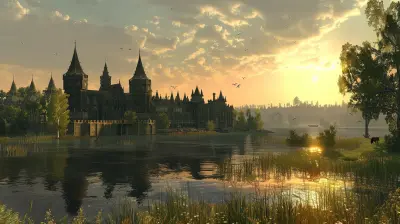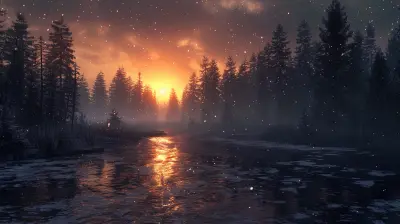What Makes a Great RTS Map: A Developer’s Perspective
8 June 2025
Let’s face it: a great Real-Time Strategy (RTS) game lives and dies by its maps. They’re the unsung heroes of the gaming world, setting the stage for epic battles, sneaky flanking maneuvers, and, let’s be honest, the occasional rage quit. For developers, crafting the perfect RTS map isn’t just about throwing together some terrain, slapping a few resources around, and calling it a day. It’s like cooking a gourmet meal: you need the right balance of ingredients, a dash of creativity, and a whole lot of testing (cue the endless hours of playtesting).
So, what exactly makes an RTS map great? Grab your favorite snack, settle into your command chair, and let’s break it down into bite-sized chunks.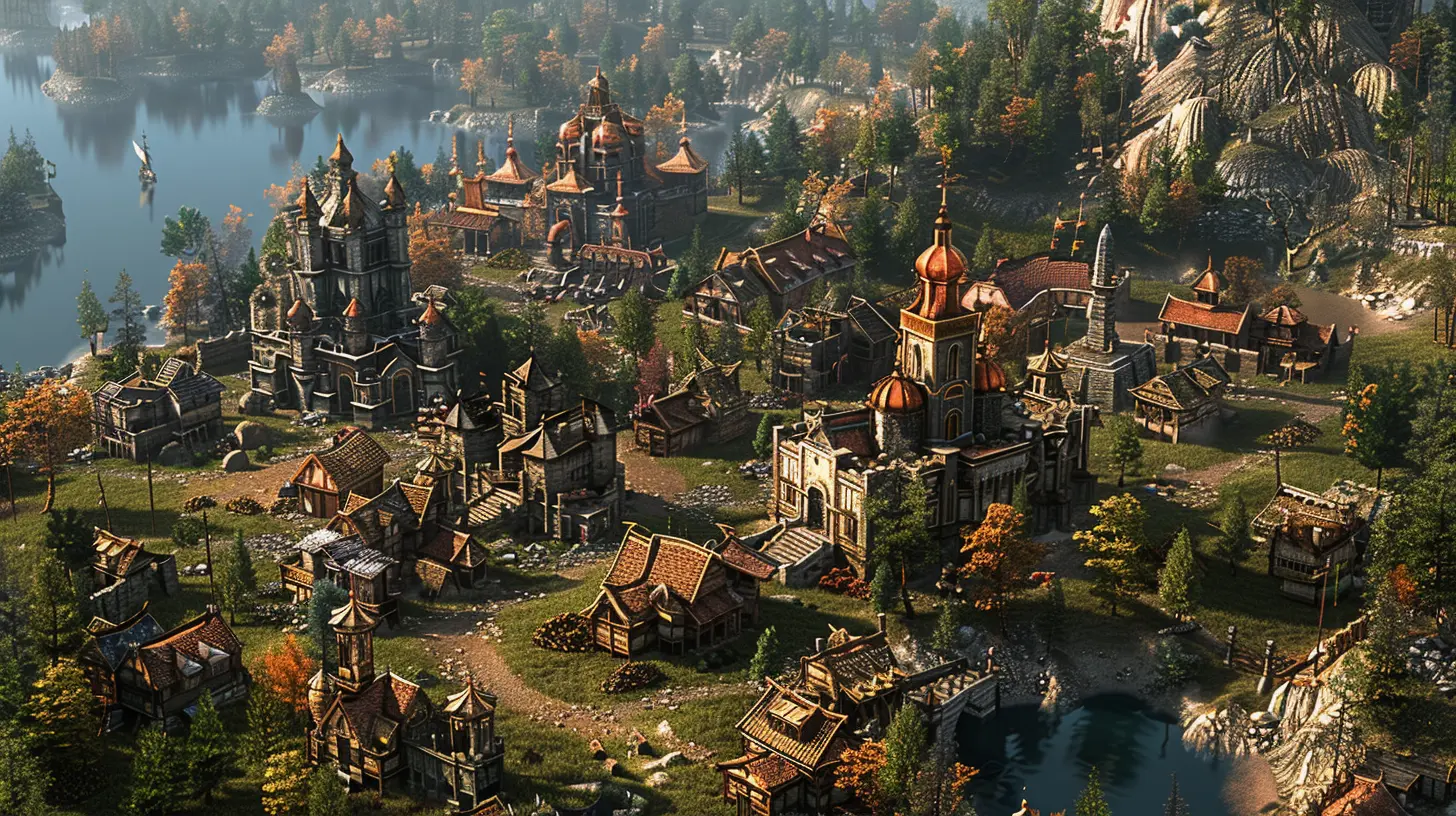
1. Balance: The Holy Grail of Map Design
If you’ve ever been steamrolled because your starting base was surrounded by nothing but barren wasteland while your opponent had enough resources to build an army fit for a fantasy novel, you know how crucial balance is.For developers, balance is like walking a tightrope while juggling flaming torches. A map needs to give every player an equal shot at victory, regardless of their starting position. And no, “equal shot” doesn’t mean slapping a gold mine right outside everyone’s base and calling it symmetrical bliss. It means considering things like:
- Starting Resources: Does everyone have access to enough goodies to kick off their strategies?
- Terrain Layout: Is there enough room to build without feeling like you’re playing RTS Tetris?
- Chokepoints and Open Areas: Are there chances for both defense and offense to shine?
It’s a high-stakes balancing act, but when done right, it’s a chef’s kiss moment.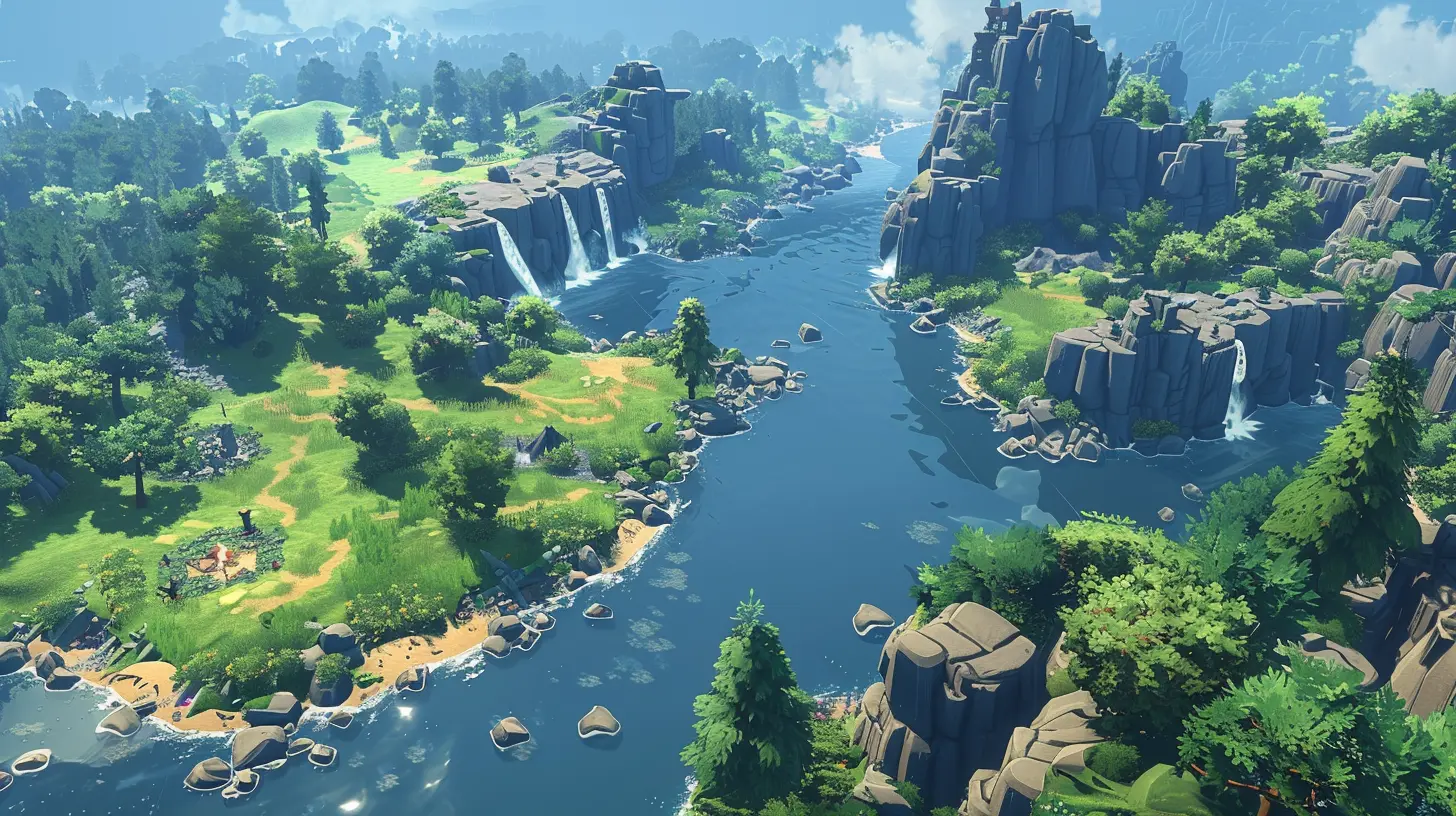
2. Variety: Spice It Up!
Nobody wants to play on a map that feels as bland as oatmeal. Sure, oatmeal is fine—add some brown sugar, maybe some fruit, and it’s decent. But let’s be real: RTS players want the steak dinner of maps. (Or tofu dinner, if that’s your thing. No judgment.)A great map offers variety in its design, ensuring that no two matches feel the same. Maybe one corner of the map is thick with forests for sneaky strategies, while another has wide-open plains perfect for massive, knock-down-drag-out battles. Throw in a river with a few strategically placed bridges, and now you’ve got players sweating over controlling chokepoints like their lives depend on it.
And don’t forget about elevation. High ground isn’t just a meme from a galaxy far, far away—it’s legit gameplay gold. Being able to rain down fire on your enemies from above is peak RTS satisfaction.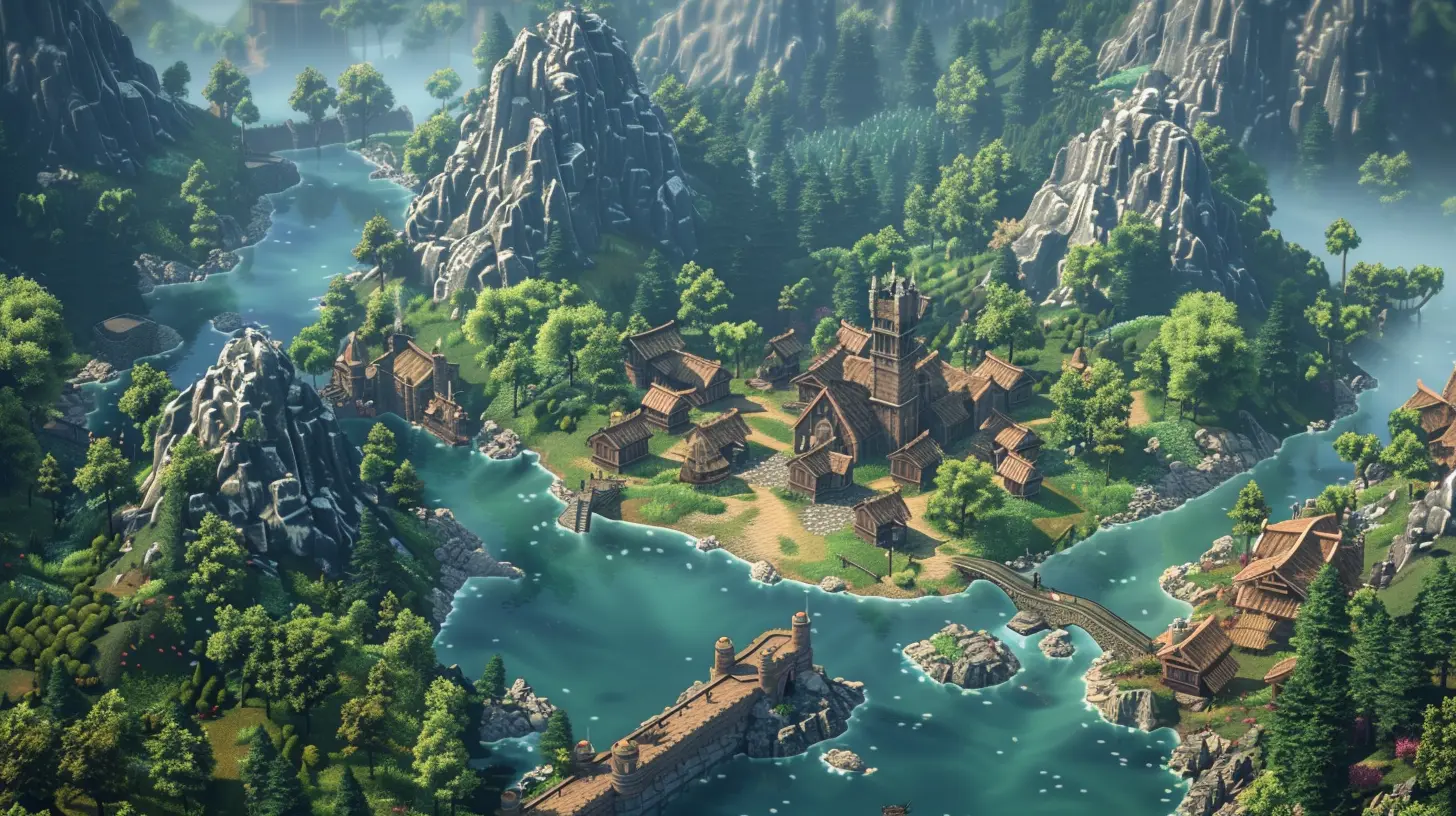
3. The Right Mix of Resources
Ah, resources. The lifeblood of any RTS. Without them, your plans crumble faster than a cookie in a glass of milk. But too many resources? That’s a recipe for boredom. A well-designed map sprinkles just the right amount of resources here and there, encouraging players to venture out of their cozy bases.Think of resources as the cheese in a game of hide-and-seek. If they’re too easy to grab, the game loses its thrill. But if they’re stashed away in some impossible corner, players might throw their keyboards out the window. The sweet spot lies somewhere in between—just enough tension to make the game exciting without feeling like a grind.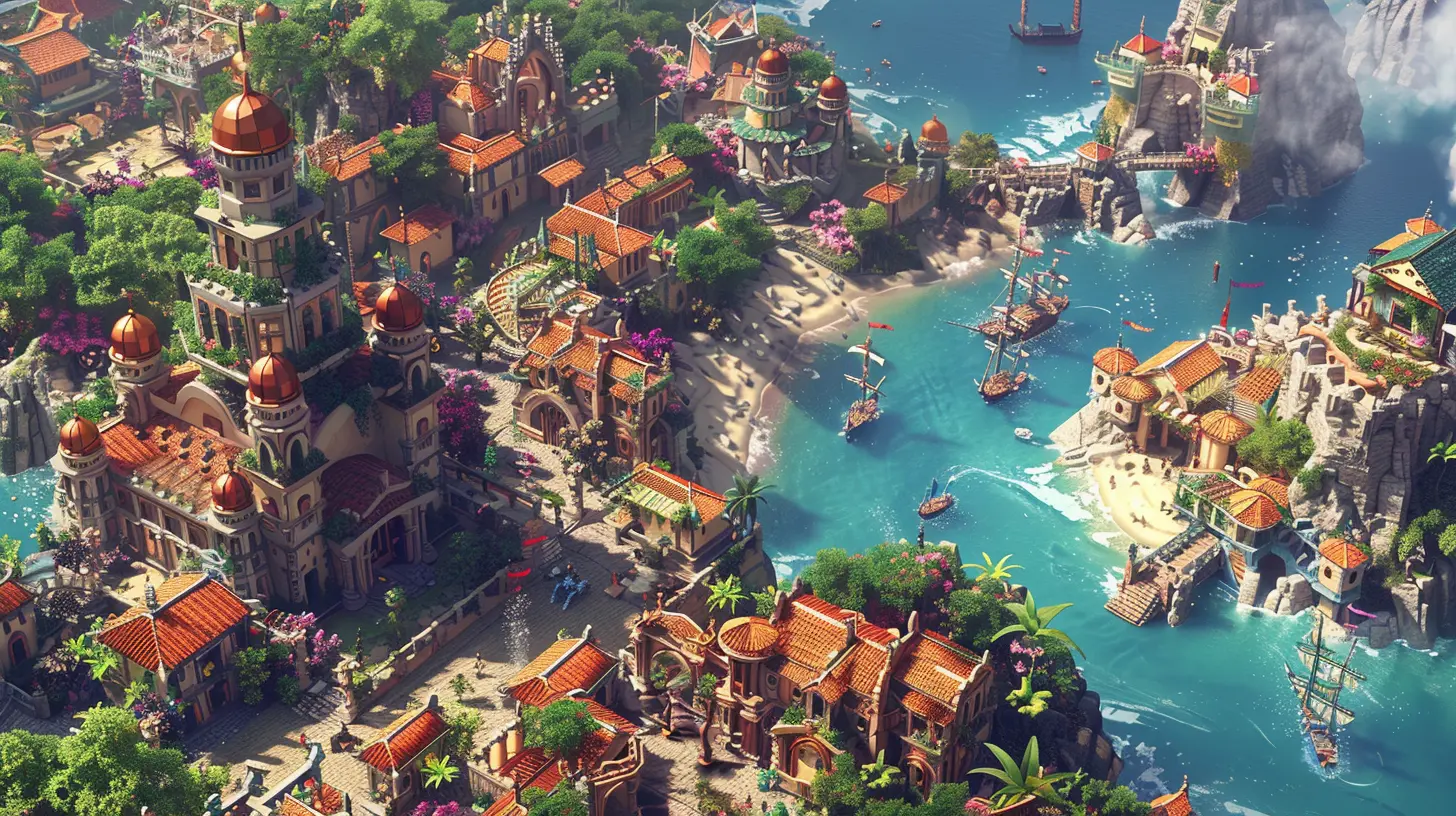
4. Encouraging Conflict (Without Being a Jerk About It)
A great RTS map doesn’t just let players sit in their bases building up massive armies in peace. (What is this, SimCity?) It nudges players toward conflict, like that one friend who always stirs the pot in group chats. But there’s an art to it—you want players to clash, but you don’t want to force them into a war within the first two minutes. That’s not conflict; that’s chaos.Good maps use things like:
- Neutral Zones: Areas rich in resources but far from starting bases, tempting players to risk it all.
- Strategic Chokepoints: Bridges, mountain passes, and narrow canyons that become hotly contested.
- Dynamic Elements: Maybe a map has a volcano that occasionally spews lava, turning a key area into a no-go zone. Talk about spicy gameplay.
5. Clear and Logical Layout
Ever played on a map where you couldn’t tell where anything was, and by the time you figured it out, your base was a smoldering wreck? Yeah, not fun. A great RTS map just makes sense. Players should intuitively understand where to go and what to do without needing a detailed map-reading course.Think of it like going to a theme park. You want to know where the roller coasters are, where to grab a snack, and which areas are best avoided unless you’re into screaming toddlers (or, in this case, annihilation). A clear map layout makes the experience enjoyable, even if you’re getting your butt handed to you.
6. Supporting Different Playstyles
Whether you’re a turtler who builds an impenetrable fortress, a rusher who loves throwing armies at opponents like it’s Black Friday, or a sneaky strategist who thrives on guerrilla tactics, a great RTS map supports a variety of playstyles.This means offering:
- Safe Areas: For players who need time to breathe and build.
- Quick Access Routes: For those who want to rush the enemy before they’ve even unpacked their command center.
- Hidden Paths: For sneaky players who live for ambushes and backdoor attacks.
If everyone feels like their strategy could work on a given map, that’s a win.
7. Replayability: The Gift That Keeps on Giving
A great RTS map is like that favorite board game you keep pulling out of the closet. It never gets old. Replayability comes down to how many different strategies and tactics a map can support. If players feel like they can try something new every match and still have a fighting chance, they’ll keep coming back.Maps with random elements (like spawning resources in slightly different locations each game) can also add to the fun. Just don’t overdo it—there’s a fine line between “dynamic” and “I didn’t sign up for this chaos.”
8. Visual Appeal: Because Looks Matter
Okay, so maybe graphics don’t win wars, but they sure as heck make the experience more enjoyable. A visually stunning map can draw players in and make them want to explore every nook and cranny. But it’s not just about slapping on some pretty textures—visuals need to serve gameplay.For example, if a cliff looks climbable but isn’t, or if water looks shallow enough to cross but turns out to be an impassable death trap, players will not be happy. Clarity is key. If it looks like you can do something, you’d better be able to do it. Otherwise, frustration levels will skyrocket.
9. The X-Factor: That Special Something
Finally, every great RTS map has that little something extra, that je ne sais quoi that makes it memorable. Maybe it’s a quirky layout, like two starting bases separated by a tiny island. Maybe it’s a map inspired by a real-world location. Or maybe it’s just a map with a killer backstory that makes every match feel like part of a larger narrative.Whatever it is, the X-factor is what turns a good map into a legendary one. Think of it like the cherry on top of an already delicious sundae—it’s not strictly necessary, but it sure makes everything better.
Wrapping It All Up
Creating a great RTS map is like building the ultimate gaming sandwich. You need the right foundation (balance), some tasty fillings (variety and resources), and a bit of spice (conflict and replayability). Throw in a dash of creativity and a sprinkle of visual flair, and you’re on your way to map-making greatness.For developers, it’s a labor of love. For players, it’s the battlefield where memories (and grudges) are made. So next time you’re commanding your forces on an RTS map, give a nod to the developers who spent countless hours making sure every hill, valley, and gold mine was just right. And maybe—just maybe—cut them some slack the next time you lose. Maybe.
all images in this post were generated using AI tools
Category:
Real Time StrategyAuthor:

Avril McDowney
Discussion
rate this article
3 comments
Otis McKinstry
Balanced resources and strategic chokepoints are key for engaging gameplay.
June 22, 2025 at 4:05 PM

Avril McDowney
Absolutely! Balancing resources and incorporating strategic chokepoints enhance tactical depth and player engagement in RTS maps.
Lucas Barker
Great insights on RTS map design! Your perspective as a developer adds valuable depth to the discussion.
June 8, 2025 at 2:42 PM

Avril McDowney
Thank you! I appreciate your feedback and am glad you found the insights valuable.
Rivera McKenzie
Great maps: where strategy meets snack-fueled chaos!
June 8, 2025 at 4:16 AM

Avril McDowney
Thank you! I’m glad you enjoyed the maps. Balancing strategy and fun is key to creating memorable gameplay experiences!
